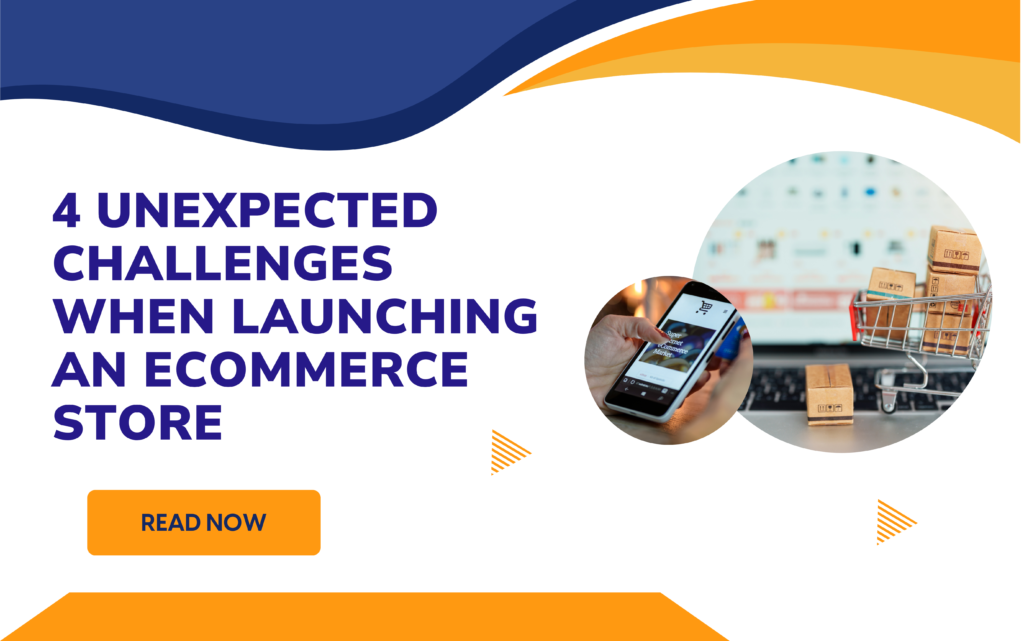

“What’s one unexpected challenge you faced when launching your eCommerce store, and what did you learn from it? What advice would you give others just starting out?” Here is what 4 thought leaders have to say.
One unexpected challenge we faced when launching our e-commerce store was managing inventory and order fulfillment during high-demand spikes. Early on, a successful marketing campaign led to more orders than we anticipated, which quickly exposed gaps in our inventory management and fulfillment process. We ran out of stock on popular items, and delays in fulfillment impacted customer satisfaction.
From this experience, we learned the importance of having a flexible, reliable supply chain and forecasting system. Now, we closely monitor inventory levels and implement demand forecasting based on past sales and marketing plans. Additionally, we set up alerts for low-stock items and worked with suppliers to streamline restocking.
For anyone starting out, my advice is to prioritize inventory planning and consider the “what ifs” around demand surges. Ensure you have systems in place to manage sudden growth and keep communication open with your suppliers. This preparation can help you avoid stockouts and keep customers happy, even in times of rapid growth.

Andrew Lee Jenkins, Owner, Andrew Lee Jenkins
On the brink of launching our new subscription RFP search engine, we hit more than a few snags. We were working through our final pre-launch software-technical difficulties when one of our key software developers experienced a sudden health crisis that forced them to step down. Meanwhile, our second child was born sooner than we’d anticipated. When it rains, it pours. But my co-founder and I were determined. We worked around the clock to launch on schedule. If we learned anything about overcoming challenges, it’s that it pays to be tenacious and to keep moving forward.
So that’s my advice: don’t give up at the first sign of trouble. Be reasonable, obviously, when you pick your battles. But in our case, we learned a lot about business and ourselves by taking on and managing many challenging situations at once.

Maurice Harary, CEO & Co-Founder, The Bid Lab
One of the trickiest challenges I ran into was managing customer expectations around delivery times. Early on, I honestly thought customers would be more understanding about longer wait times, especially since our products were customized. But that assumption backfired—delays left customers frustrated, and we got a few harsh reviews that felt like a punch in the gut. It was a wake-up call, realizing that even with something unique, people really expect things to move fast. There’s this balance you have to strike between quality and speed, and I quickly saw that it’s not something you can overlook.
So, I knew we had to change things. We added real-time order tracking and started sending proactive updates so customers knew exactly where their order was, every step of the way. I also looked into faster, more dependable carriers to shave off a few days on shipping. Seeing the difference was eye-opening—suddenly, we were getting repeat orders and positive feedback, and it felt like we’d turned a corner.
If I had to give advice to anyone just starting out, it would be to take logistics seriously from day one. The excitement of launching can make it easy to get wrapped up in the fun parts like marketing or product design, but delivery is where you’ll earn trust. And if there’s a potential delay, just be upfront. It might seem small, but being transparent can make all the difference. It shows customers you actually care about their experience, and that’s something people remember.

Chris Bajda, E-commerce Entrepreneur & Managing Partner, GroomsDay
I had a challenge of managing the technical side of integrations—like connecting payment gateways and shipping systems smoothly. It took longer than anticipated, but I learned the importance of thoroughly testing everything before going live. My advice to others starting out would be to dedicate time to mastering the back-end setup and ensure everything functions seamlessly. The smoother the process for customers, the better your chances of success.

Kristin Marquet, Founder & Creative Director, Marquet Media

